
Returning to London, still feeling exhausted from the buzz of Hong Kong, and my trip to Shanghai, I realised it had been three years since I had returned to the mainland since the pandemic.
During my time in London, I’ve observed and experienced the western perspective firsthand, it’s been like seeing through a veil, through which I’ve watched the western and Chinese art worlds develop in parallel…
Over the past few years and during the pandemic, I’ve received a lot of enquiries from my RED (Chinese Instagram). From this, I was able to make contact with a lot of new collectors online whom I have yet to meet offline. Looking back on my latest trip to Asia for Art Basel Hong Kong – I have started to piece together the mystery of the rise of the new Chinese collectors, who have only emerged in recent years, and observe the changes within the HK art scene.
With so many trade fairs around the world, each one has a certain ‘local style’ and ‘local character’: Los Angeles was scenic, moody and colourful; Art Basel Paris + was internationally oriented, but many of the projects by the local pioneering galleries in Paris were not entirely digestible for new collectors and targeted the more niche appreciation of institutions; Switzerland focused on themes of the conceptual and experimental; the influence of Dansaekhwa and the heat of cartoons was strongly evident when I attended KIAF in Seoul. Whereas, the works I saw in Hong Kong were not yet identifiable with a specific style, perhaps because it is the centre of Asia Pacific art, and there was a natural conglomeration of themes, subjects and styles on show.
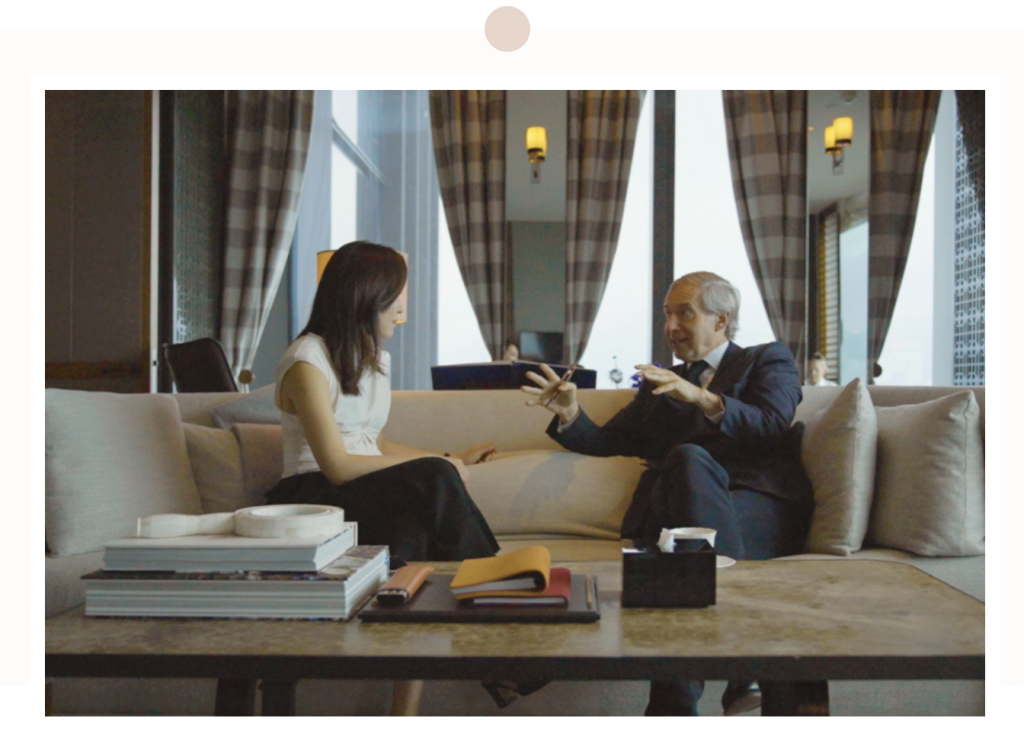
I met with Simon de Pury, the art world veteran whom I had previously interviewed, and he shared with me his experience and observations during this week in HK. It was the first time Simon had returned to Hong Kong after three and a half years, and he claimed: “Hong Kong has a uniquely strong energy – it is one of the few cities in the world where you immediately feel the tangible energy and then leave feeling a little bit sad! Everything that happens during the week with the events and parties makes you feel like many of the events are ‘works of art’ in themselves. Now that Hong Kong has world-class art institutions and a dynamic art ecosystem, the art world people should come to Hong Kong every six months to see how the place has changed and to get new inspiration”.
From what I can recall, the pre-Covid HK Art Basel week was half infused with a sense of a fantasy which came from the excitement of art deals happening in the city, and the other half from the glitz and glamour of the East-meets-West bubble at the parties that took place. At a time when Hong Kong’s gallery and project spaces were less diverse, and non-profit organisations and private collections were few and far between, HK’s art ecosystem wasn’t really a young artist-friendly city, also due to the lack of space and high rental prices.
Within a few years, a number of independent, new art spaces and galleries have emerged in Hong Kong, such as Current Plans, which makes experimental exhibitions with emerging artists and creatives; Gallery Ascend; Seefood Room, which also launched an offline exhibition with British art platform AucArt during Art Basel in Hong Kong; not to mention M+, which opened to the public in 2021; the adjacent Hong Kong Palace Museum of Culture; and the Wong Chuk Hang Art Zone on South Island. In the words of local Hong Kong collector Alan Lo, “Hong Kong’s cultural and artistic landscape is complete.”
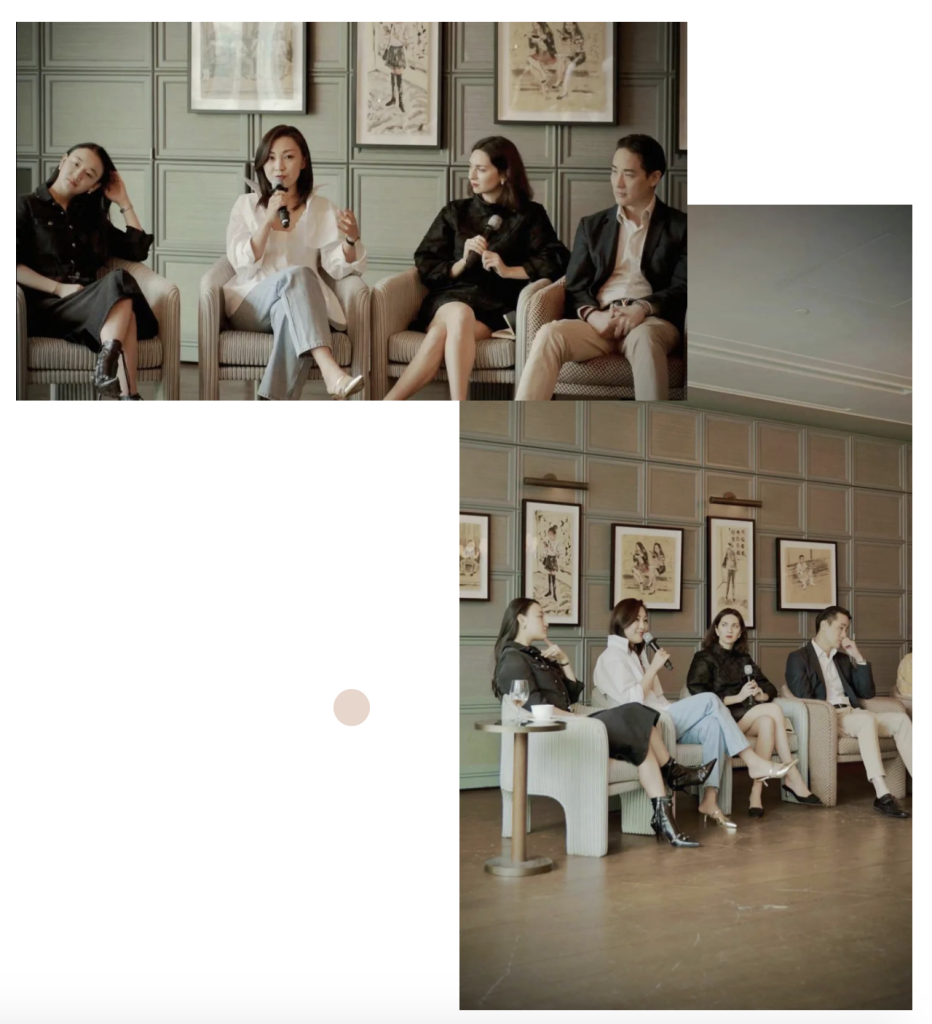
Lawrence Chu, another local collector, says: “It is precisely the three years of calm that have given Hong Kong the opportunity to reset itself and self-reflect; it is now reaching its full potential and perhaps considering how to help other countries do the same, but also how Hong Kong could actually be a springboard for international narratives”.
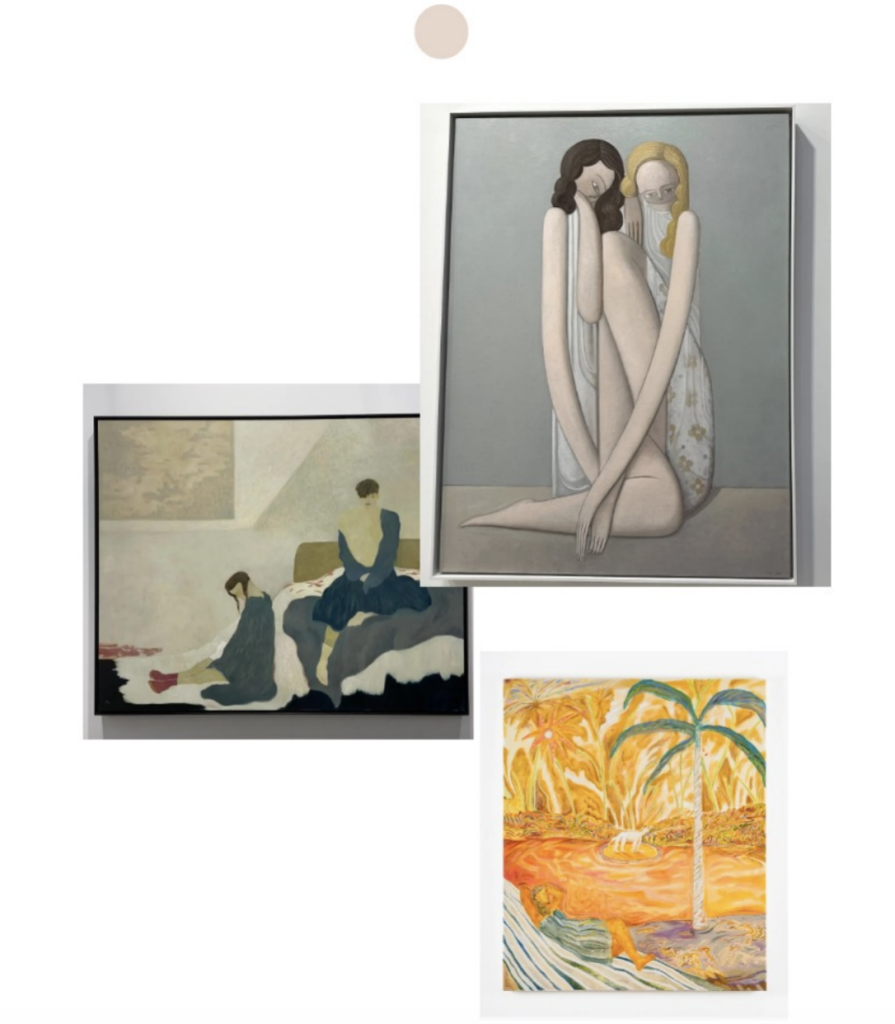
Ji Xin, Hive
Glary Wu, Gallery Exit
Anna Rothenstein, Stephen Friedman Gallery
The contribution of Hong Kong’s major local collectors, telling their stories to the world about the local art and culture scene is first and foremost reflected in their active involvement with international institutional activities. Collector Alan Lo, a long-standing member of the Asia Pacific Art Acquisitions Committee at Tate and the Asia Art Circle at the Guggenheim in the US, hosted a breakfast for members of the Tate and Guggenheim committees during this year’s Art Basel in Hong Kong to celebrate Patrick Sun’s exhibition at Tai Kwun, as he and Patrick both serve on the committees of the two international institutions. The Design Trust, which has donated funds to institutions including MOMA, MAK Vienna, Serpentine Galleries, OCAT Shenzhen and runs an association with M+ focused on design research, was also the co-founder of the Design Trust. Two days before the opening of Art Basel, Design Trust held a gala dinner with M+ and Alan Lo also supported LACMA’s party in Hong Kong as the host committee. His private club, Duddell’s, also hosted an exhibition of the collections of five prominent local collectors in Hong Kong, curated by Eunice Tsang, founder of Current Plans, a new art space focusing on experimental art. The collectors were: Alan Lo, Lawrence Chu, Evan Chow, Stefan Rihs, Honus Tandijono and Yuri van der Leest, with works by emerging international artists from their collections.
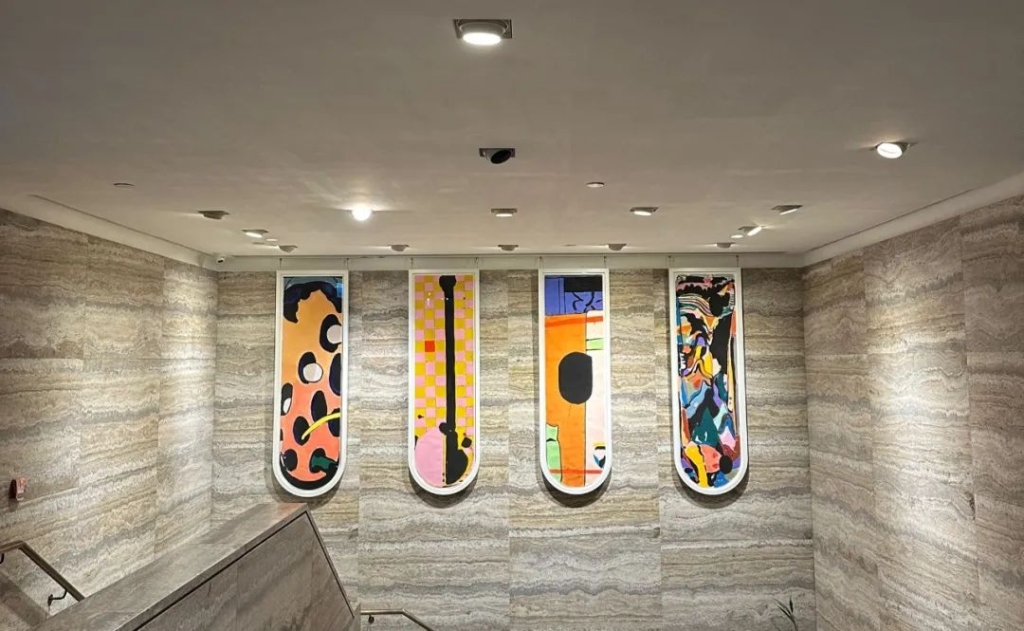
Several collectors, like Alan, are active in institutional and philanthropic projects, both locally and abroad. Among them, Lawrence Chu and his wife Natalie Chan Chu have established The Chu Foundation, a non-profit foundation dedicated to making a lasting positive impact on society through art education. The former investment banker Evan Chow, is a committee member at New Museum. He is currently deputy chairman of The Hong Kong Arts Centre and a board member of the New Museum, helped launch its art school, which aims to bring more art school graduates to the attention of local galleries.
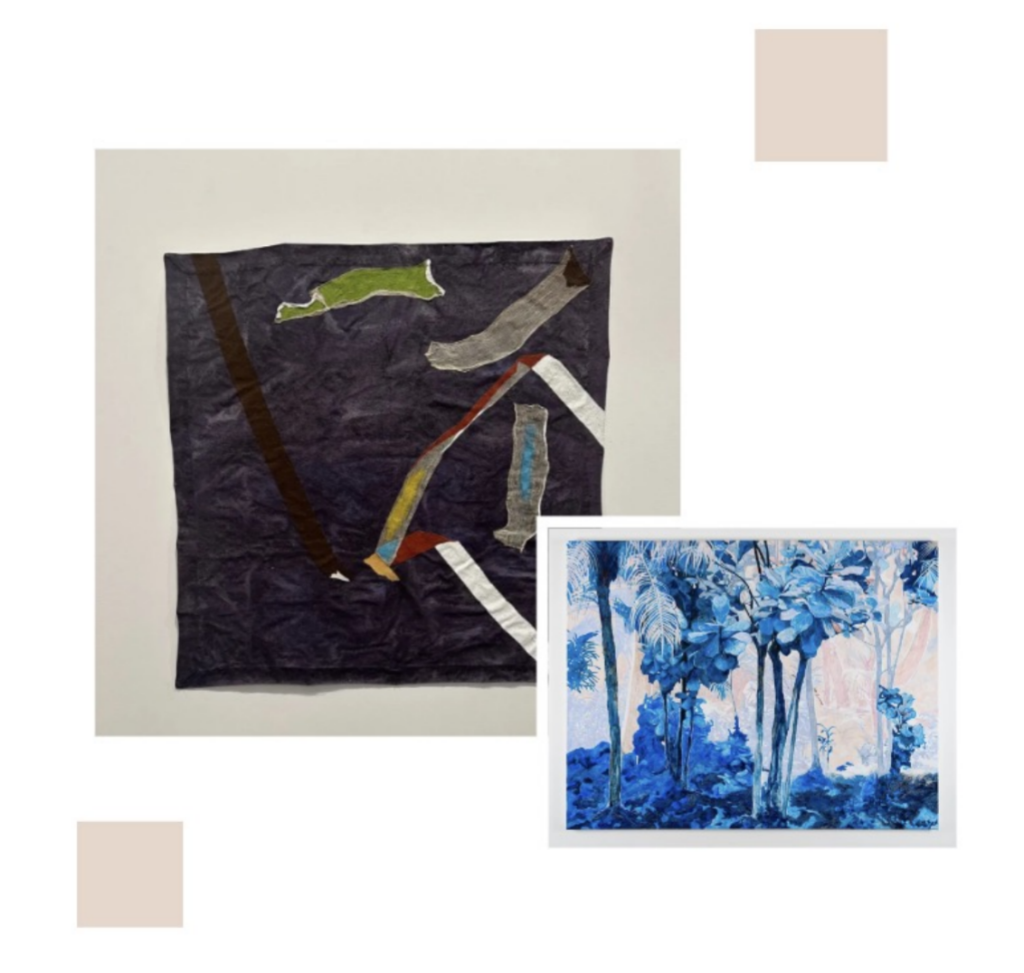
Francis Offman, Herald Street
Tobe Kan, Gallery Exit
Another prominent collector is architect William Lim, who collects contemporary works by Chinese and Hong Kong. He is keen to aid the international recognition of Hong Kong artists and published a book on his collection in the hopes that it will raise public attention. More recently, Lim donated 90 pieces from their holdings, which they call the Living Collection, to M+, the contemporary art and design museum in Hong Kong, in what Lim claims will transform Konh Kong’s cultural landscape.
I personally believe that while most mainland collectors are active in the international art market, several major collectors in Hong Kong are still active in the international art world, but not just by spending on artworks. They are deeply involved in international institutional activities; collaborating with events or projects with them or being committee members themselves and in recent years, many young collectors in China have also opened their own art institutions.
It is not possible to register as a foundation in China, due to policy, so only a few art foundations are actually registered in Hong Kong. China’s art foundations do not engage much with international institutional activities, in part due to the pandemic. While Chinese collectors are more active in their buying capacities, collectors from Hong Kong are often more involved in patronage of international museums.
Adrian Cheng, whose K11 Musea presented ‘City As Studio’, curated by Jeffrey Deitch, the first major exhibition of street and graffiti art in China during ABHK, has certainly done a great job of connecting with international institutions. The K11 cultural industry created by Adrian Cheng was admired by the Western art world visiting Hong Kong, with Simon de Pury, for example, saying: “When someone has enough vision and ambition, and the conditions to implement those ambitious ideas, and not enough ‘patience’ to wait for things happen slowly, miracles happen, and Adrian Cheng is precisely that person.”
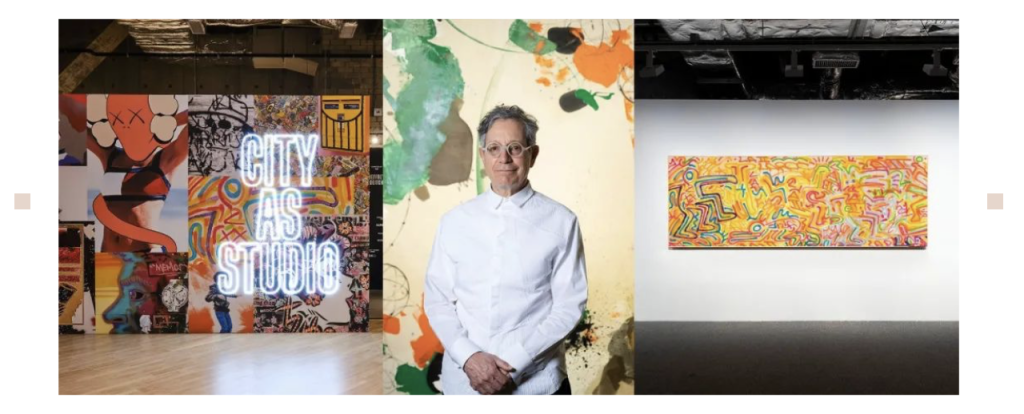
Simon spoke about how there was a pyramid of taste, where the elite at the top used to influence the taste of the people below. Now, however, what is happening at the “bottom” also affects the preferences of people at the top. In the past, mega collectors tended to buy only blue chips; now, many seasoned collectors support young talents and other events in the cultural industry. We now need a “buzz”. At this year’s fair, the emerging dynamic in Hong Kong was evident through the activity of local collectors at both institutional and commercial levels.
-To be continued-
Text: Luning
Copyedit:Rosie






